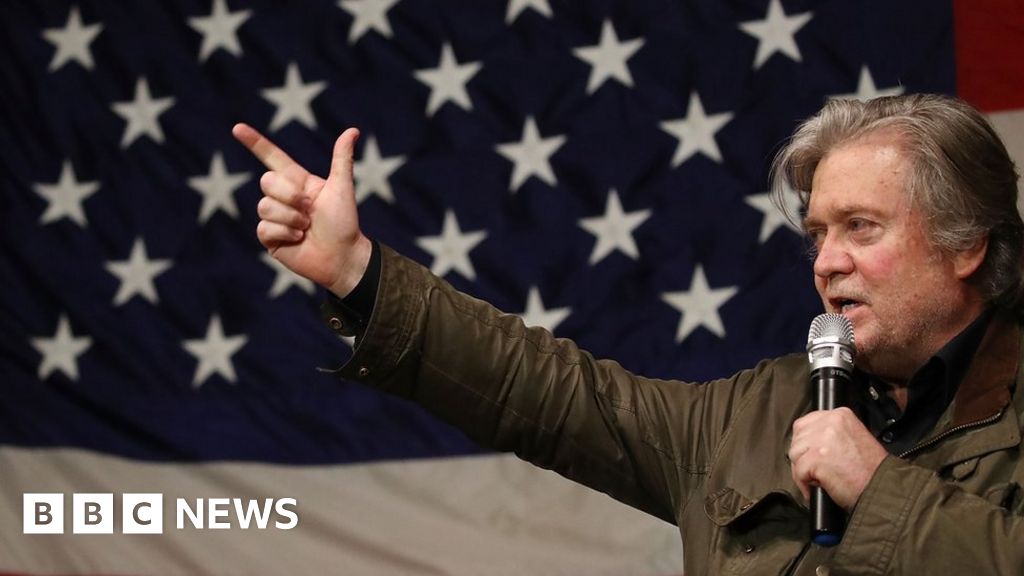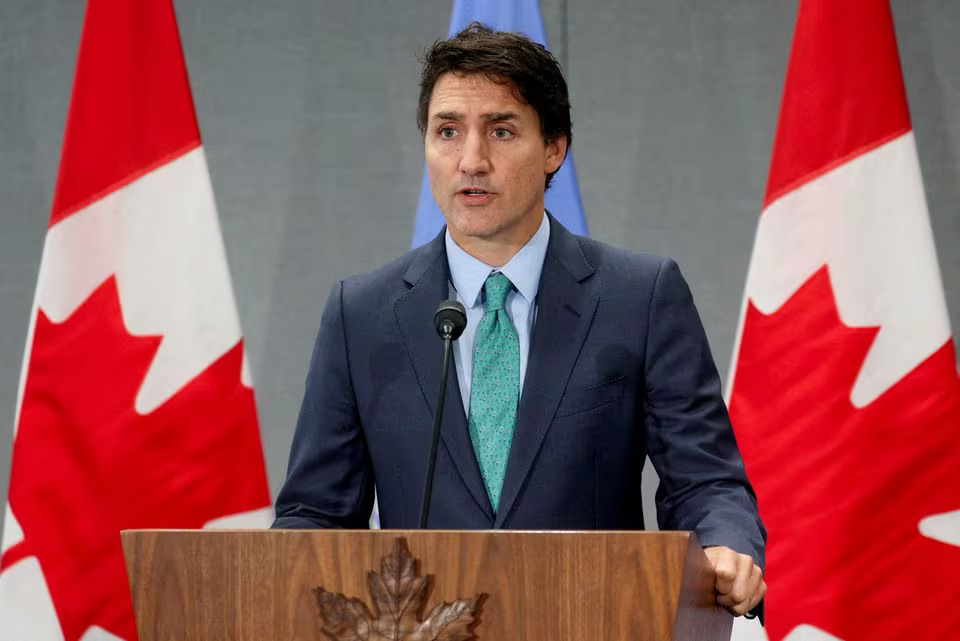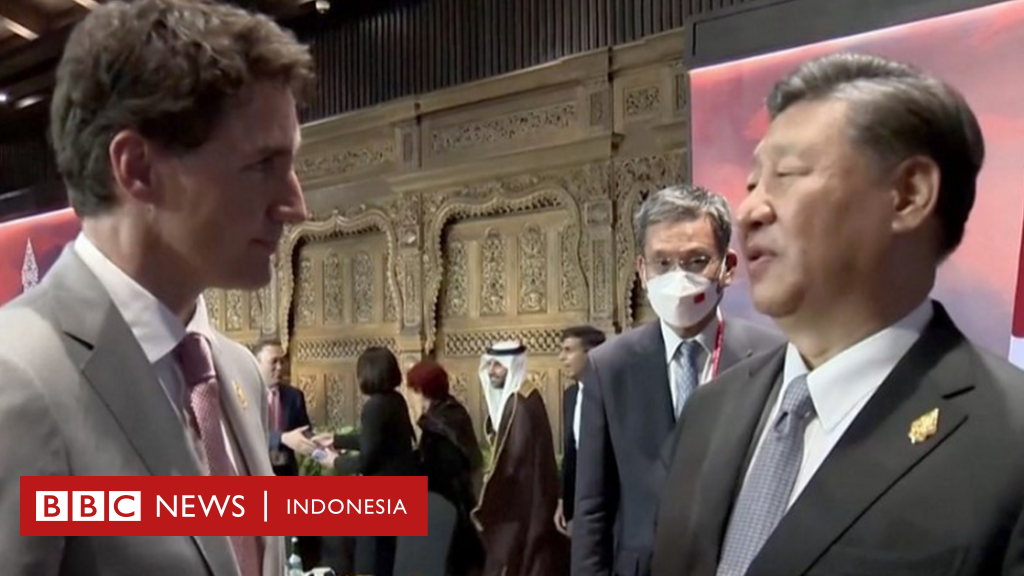The site positions itself as a belligerent, conspiracy-tinged outlet for right-wing Americans disillusioned with mainstream politics.
During the 2016 election campaign, the site was ardent in its support for Donald Trump. At the same time, Democrats and civil rights groups accused Bannon and his media of aligning with white nationalists.
Breitbart writers, while gaining influence in mainstream Republican circles, sometimes maintained ties to far-right fringe figures and spread conspiracy theories.
Bannon himself jumped straight into the political fray in August 2016 when Mr. Trump named him CEO of his campaign.
After his victory, Mr. Trump gave Mr. Bannon a key role as chief White House strategist.
But Bannon left his post in August 2017 after months of power struggles with Mr. Trump’s son-in-law and senior adviser, Jared Kushner, as well as other top Trump advisers.
Mr. Trump also reportedly grew tired of press leaks and Bannon taking credit for his election victory.
Bannon returned to Breitbart, vowing to wage war on the president’s opponents.
Although they remain ideologically aligned, the two men occasionally clash. Bannon criticized some of Mr. Trump’s decisions, including calling the firing of FBI Director James Comey the worst mistake in “modern political history.”
And Bannon was quoted in a book as calling a meeting between Mr. Trump’s son and a group of Russians a “betrayal” — a meeting that figured prominently in Mr. Trump’s impeachment trial.
The former president responds.
“Steve Bannon had nothing to do with me or my presidency. When he was fired, not only did he lose his job, he lost his mind,” he said at the time.

“Bacon aficionado. Hardcore twitter enthusiast. Hipster-friendly pop culture expert. Student. Certified beer buff.”






